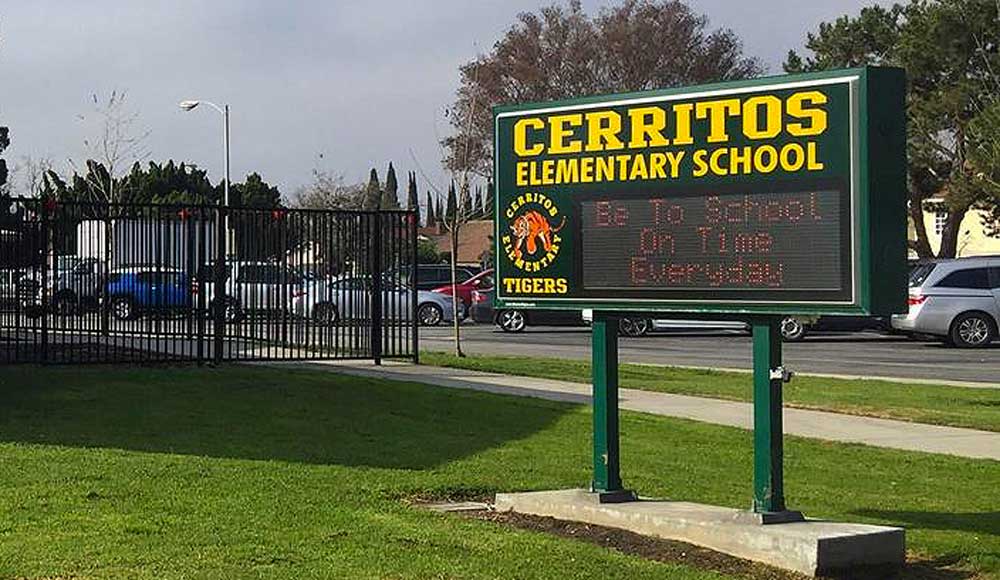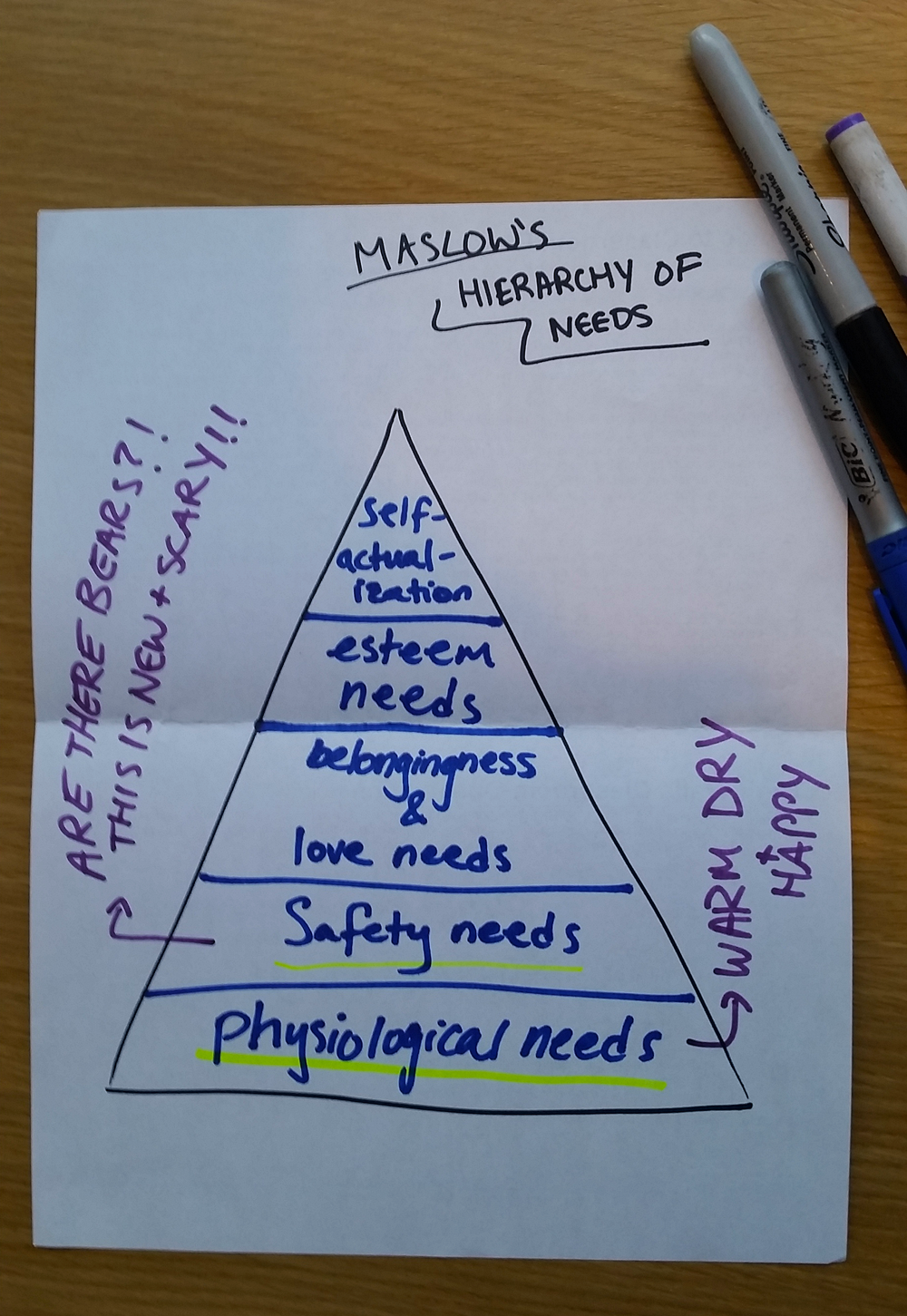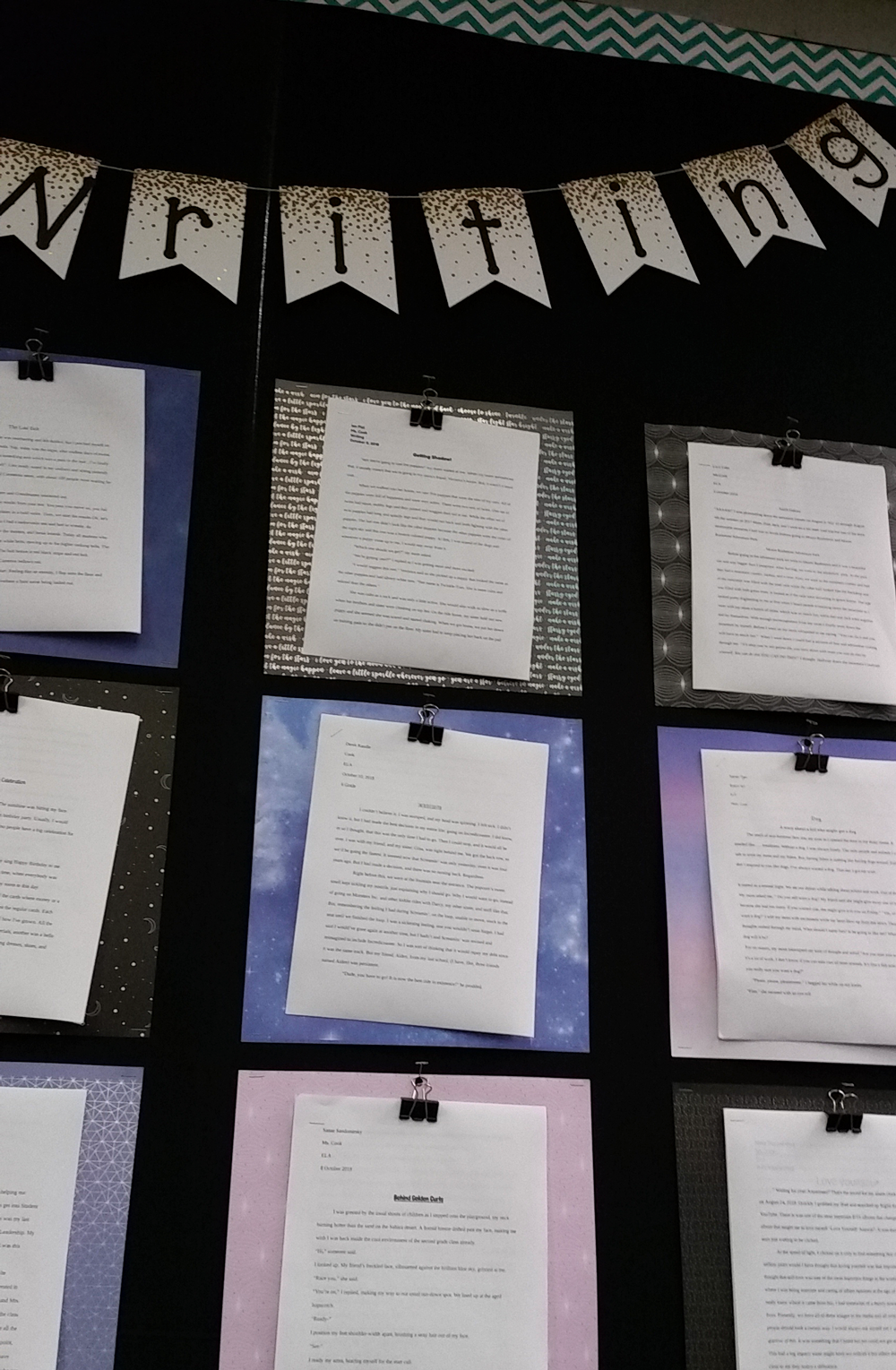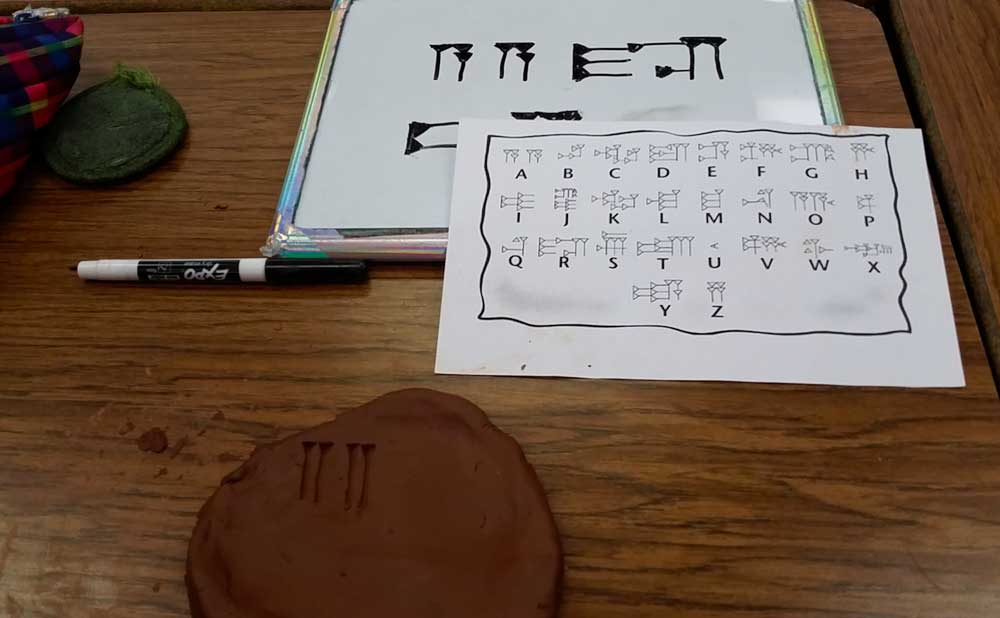November 26, 2018. Cerritos Elementary: a sunny and clean school with the typical Californian outdoor-facing classrooms and open-air cafeteria. The plants are well-manicured and uniform, well-behaved inside their brick borders. I try to imagine doing Adopt a Plant with the even rows of roses and jasmine, and fail.

I am here to watch Erika Cook teach, and learn what black magic one has to do to keep students engaged within the four walls of a classroom. I asked to come observe Erika because last year I loved how she presented her students at our teacher meeting. Instead of saying “this is a problem student” or even “this one can be difficult,” she presented each student to us with their best attributes and how we can support them to be the best student they can be. “This student really thrives when he has clear expectations to follow, so you can help him out by frontloading the rules so he knows what to do!” or “This student will be on their best behavior if you make them a leader and use their help while you teach!” So of course I thought, yes, that’s who I want to teach like – someone who sees the strengths in all their students and works to make everyone successful.
Observation #1: Environment
The classroom is cozy and welcoming. On the walls are art projects and essays, all the student output impressive, way higher than my standards for 6th grade. Their essays are surprising to me – genuinely great writing, featuring stories about their families or important events that have happened in their lives. I find myself unable to stop reading them as I wait for class to start. Apparently students are capable of more than what they write on student evaluations at the end of the week at High Trails, where we typically see things like: “I learned that mammals have fur. My instructor was good.” Next to the essays there’s a library filled with all the books I loved as a child – Harry Potter, Redwall, the Series of Unfortunate Events, the Hobbit. In the corner is a neatly organized shelf where all the students’ school laptops are charging. Laptops?? I think, curmudgeonly. Back in my day…

Observation #2: Routines
The students come in, bright, happy faces, excited to see their friends back from Thanksgiving break. Right away it becomes clear that their classroom has an order, routine systems in place. One student heads straight to passing out everyone’s notebooks, while another writes on the whiteboard and counts how many people want school lunch, all without being asked. That’s the thing that strikes me most, what I take away from this classroom visit: the students are so comfortable in their systems and in this classroom, and it makes them able to easily focus on class. Naturally, this is something that is hard to achieve up the mountain; at High Trails, everything is new and different. They aren’t used to being dirty, outside, hot, cold, sitting on the ground, sleeping in a cabin, peeing outside, hiking, or literally anything else that we do. Everything is outside their comfort zone. Almost every week I hear a student say “Um, excuse me Ikwe, but my hands are really cold and I think they’re going to fall off!!” because these SoCal kids have never experienced the sensation of cold before, and don’t realize that they are in fact not going to die. But it is striking to see how focused they are when they are comfortable. It really lends credence to the phrase we always say, our number one priority: “keep the students warm, dry, and happy.” No one can focus on decomposers if they think their hands are going to fall off.

Classroom life is sustainable for the students in a way that High Trails is not and will never be. The easy practiced rhythm, independent working time, students self-managing and getting up to borrow markers or drink water in a soft background hum. I think about this. I would love to cultivate a similar atmosphere in my groups, and I frontload almost everything. I tell students what the schedule is and how to shower and when lights out is and what we’re going to eat and which beads we’ll earn. I have students leaders for just about everything, and call them officers so they feel important – a Shower Timing Officer, a Leave No Trace Officer, a Bunk Spleunking Officer, a Cabin Cleaning Council, a Hydration Officer, and whatever else I have need for that day. By Thursday they know the drill, and I get to relax, hang out, and teach cool stuff while the Officers run the show. But I find myself envious of the full school year that classroom teachers get to take advantage of putting such systems into place. I can’t think of much else I can do – there’s only so much you can frontload for just four or five days, and going to science camp is going to be a wild ride of new experiences for everybody. But think what I could accomplish with even two weeks, or a month!
Observation #3: Professional Academics
They read an article about the Earth’s atmosphere in calm quiet, and then shared with raised hands what they learned. Erika calls students “scholars” when she addresses them, a phrase I love for its academic focus and its gender-neutrality. I call my students “friends” when I address the group, but I’m going to adopt “scholars” for future field shifts. She affirms each student when they share, thanking them for good ideas, praising their scientific language, and using judicious fingersnaps to make them feel appreciated and safe in sharing their thoughts. I also notice that Erika permits a reasonable amount of background shuffle – students feel free to get up to get water, or shuffle in their backpacks, or briefly whisper to help a neighbor. That, too, was eye-opening for me. I was taught to never let students talk while you’re talking, and since I have a small voice, took that to heart. It’s also terribly distracting for me when students shuffle through their backpacks, and I generally ask them to wait through a few minutes of lecture until the next activity so I can hold a train of thought. However, I learned from this classroom that students can focus and shuffle at the same time, and as long as they aren’t outright talking, their little distractions are just whatever they need to do to keep themselves learning, and not a bad thing. Going forward, I’m going to try being more lenient about background noise while I teach so students can self-manage their needs.
They move on to math. I watch curiously, having never taught math in any capacity before. Erika’s bright students continue to surprise me – they know what a coefficient is, and they even knew that the coefficient of x is 1, not 0. Erika demonstrates some problems about the distributive property and then they turn to their own independent work. This, too, surprises me: the room is nearly silent as pencils scribble along paper and markers along whiteboards. If I were a student here, this is what I would need to succeed: time to work through it on my own. I quietly make a note: “Do more independent work at High Trails?!”

Observation #4: Creativity & Fun
After vocabulary, poetry and P.E., it’s time for Social Studies. They already have some cave paintings from learning about early humans, and now they have been learning about Mesopotamia, including cuneiform, so they are going to make clay tablets with cuneiform writing. Erika explains how to use a chopstick as a stylus, and each student receives some clay, a chopstick, and a cuneiform alphabet handout. They begin forming their tablets, delighted with their dirty hands and creative freedom. I start considering how I could incorporate more art into my lessons at High Trails. Another note. Pretty soon it’s time for lunch, and some of the students complain – they’re having fun with their tablets and don’t want to put their clay down until later. That’s a delight, and I wish my students complained more about taking a break for lunch. And with that concludes my day of observing, as it is a minimum day and the afternoon will be filled with parent-teacher conferences.

My take-away from these observations was a reminder of how important structure and routine is to students, how much it helps them learn. High Trails is an incredibly structured and organized place, which helps our students feel more at ease in a fundamentally new and different environment. But the more I can make our daily lives feel routine and predictable right from the beginning, the more comfortable they will be and able to focus on learning. This psychological comfort, combined with the comfort of physical needs, the “warm, dry, and happy” (and hydrated, and fed, and not facing the sun, and everything else), is the base of Maslow’s heirarchy of needs. For outdoor educators, those physical needs are sometimes challenging to meet, especially once weather happens. But this focused, calm academic atmosphere I saw in the classroom showed me just how capable students are when those needs are met and they feel comfortable, confident, and secure in their routines. Erika asked me if I’d like to pursue becoming a classroom teacher, and my answer was that I don’t think I could ever teach inside a classroom. But my goal going forward will be to make my students feel as comfortable, confident, and scholarly as they acted in her classroom, to do the good work of teaching about the natural world as effectively as possible in my own big dirty classroom.
Thank you Erika and room 405 for hosting me!

At High Trails Outdoor Science School, we literally force our instructors to write about elementary outdoor education, teaching outside, learning outside, our dirty classroom (the forest…gosh), environmental science, outdoor science, and all other tree hugging student and kid loving things that keep us engaged, passionate, driven, loving our job, digging our life, and spreading the word to anyone whose attention we can hold for long enough to actually make it through reading this entire sentence. Whew…. www.dirtyclassroom.com

Comments are closed.